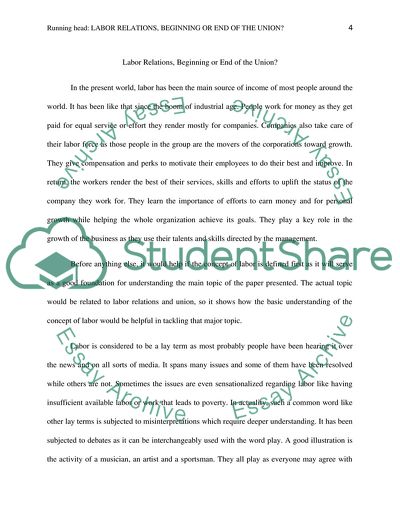Cite this document
(“Labor Relations, Beginnng or End of the Union Term Paper”, n.d.)
Labor Relations, Beginnng or End of the Union Term Paper. Retrieved from https://studentshare.org/human-resources/1767569-labor-relations-beginnng-or-end-of-the-union
Labor Relations, Beginnng or End of the Union Term Paper. Retrieved from https://studentshare.org/human-resources/1767569-labor-relations-beginnng-or-end-of-the-union
(Labor Relations, Beginnng or End of the Union Term Paper)
Labor Relations, Beginnng or End of the Union Term Paper. https://studentshare.org/human-resources/1767569-labor-relations-beginnng-or-end-of-the-union.
Labor Relations, Beginnng or End of the Union Term Paper. https://studentshare.org/human-resources/1767569-labor-relations-beginnng-or-end-of-the-union.
“Labor Relations, Beginnng or End of the Union Term Paper”, n.d. https://studentshare.org/human-resources/1767569-labor-relations-beginnng-or-end-of-the-union.


